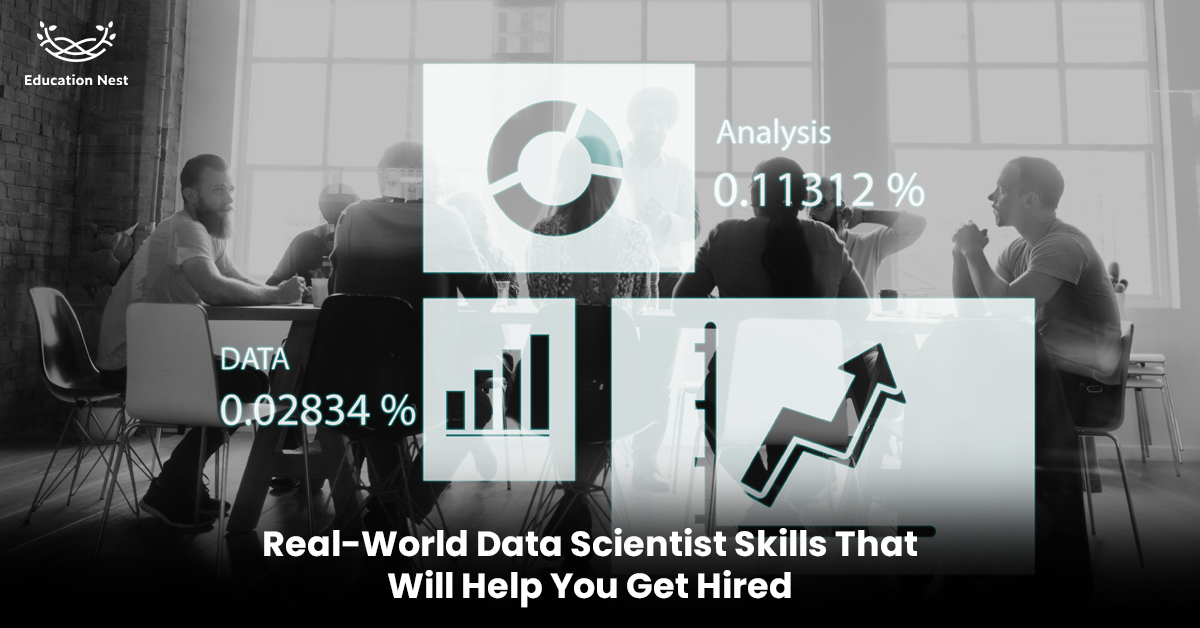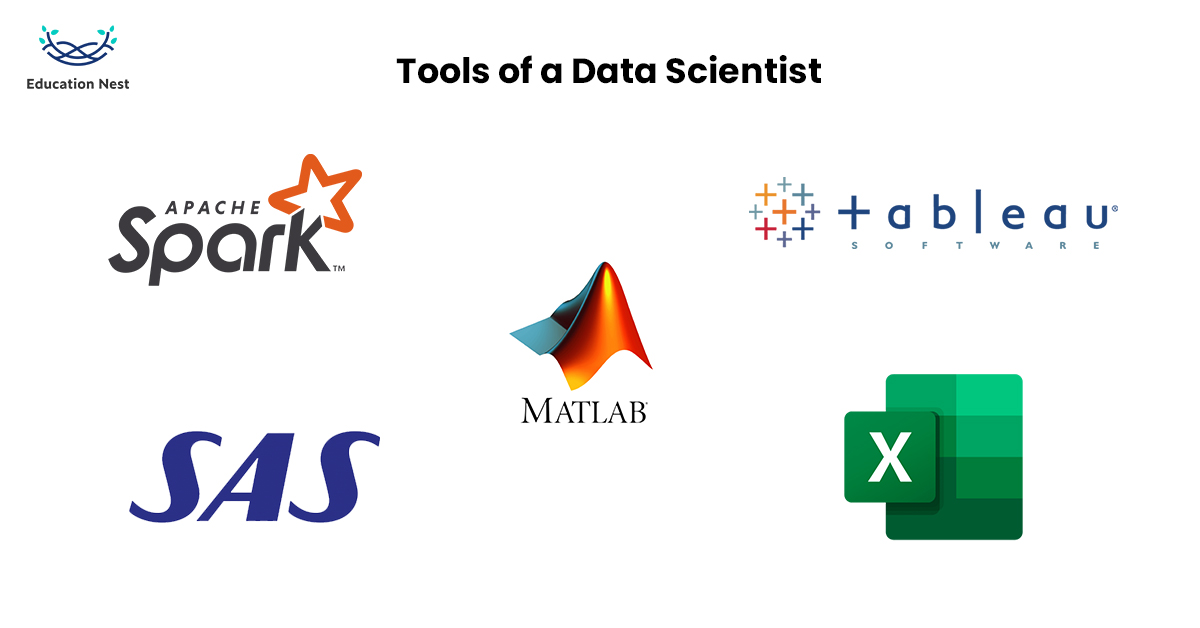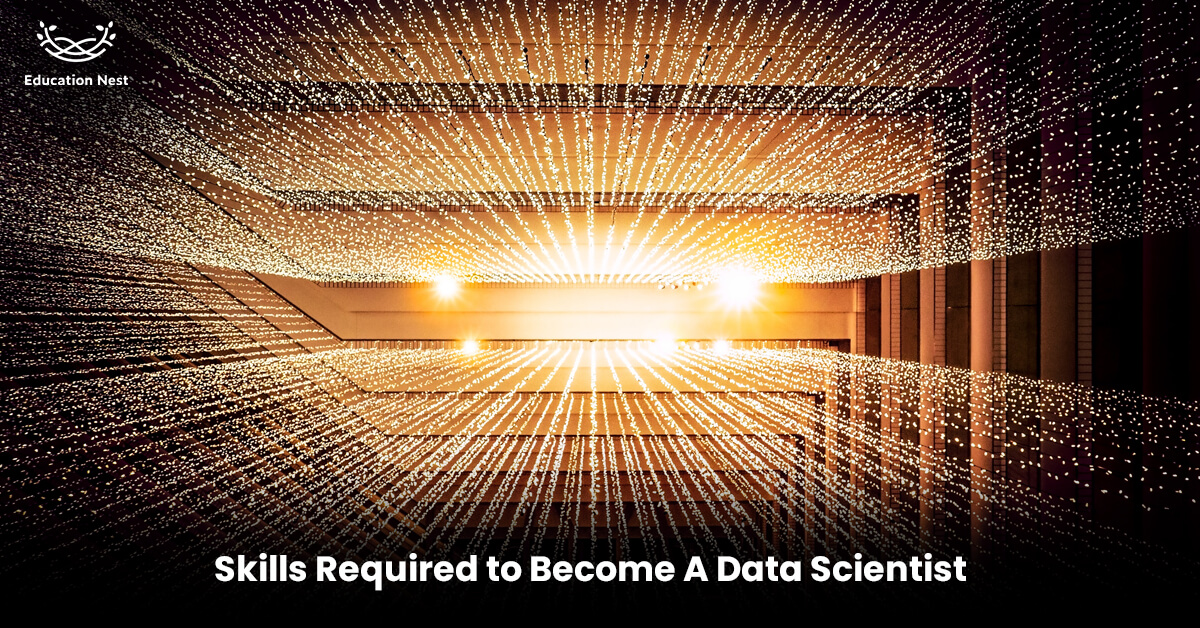
This article will help you understand the skills you need to become an expert as a Data Scientist. There has been a constant rise in the need for data scientists providing more significant opportunities for newcomers as well as existing employees. As the interest in the field of data science increases, it is vital to understand the skills required to become a data scientist.
A data scientist’s primary goal is to be able to come up with answers by processing existing data. Data scientists help in finding patterns in data specimens to reach conclusions.
What is Data Science?
Data science is the study of transforming raw data into useful information. Studying data science helps to understand patterns as to how an organization can achieve its goals more efficiently.
It requires the data scientist to use various skills such as statistics, artificial intelligence, and using data tools to process large amounts of unstructured data to make sense. Data science is used in multiple fields, such as finance, e-commerce, etc., to gain customer insights.
Roles of Data Scientist
Depending upon the challenge at hand, the data scientist uses different skills to find solutions from the raw data. They use one or a combination of skills, such as creating data models and finding trends to achieve business goals.
Data scientists sort and filter through a great deal of data and make it consistent with their needs. Data science can often be very time-consuming as it requires you to select the data that is useful for you from the hundreds of terabytes that are available.
It is also an essential part of a data scientist’s job to understand the challenge at hand in order to find a solution in the data provided to them.
Tools of a Data Scientist

- Excel
Excel is the most used tool when it comes to data handling. It is used to tabulate the given data. Excel also helps perform calculations and presents the data in the form of graphs, pie charts, and other visual means. This makes it easy for a person to comprehend complex data more quickly.
- Apache spark
Apache Spark, also known as Spark, is a powerful tool that helps analyze large batches of data simultaneously. Spark is faster than a lot of other software and is highly efficient too.
- SAS
SAS is a tool designed specifically to perform statistical tasks. It offers various statistical libraries to model and organize data. It is an expensive platform and hence is usually used by large organizations.
- MATLAB (Matrix Laboratory)
MATLAB helps in handling mathematical data in a computing environment. The software helps in algorithmic implementation and statistical modeling of data. It is mainly used in the scientific field. It can help create powerful visualization and is also used in image and signal processing.
- Tableau
Tableau is a Data Visualization software. It allows the data scientist to use visuals and graphics to make the data more interactive. Tableau can also be used for marking latitudes and longitudes on maps for visualizing geographical data.
Skills required to become a data scientist

- Communication
Even the most talented data scientists will not be able to effectively carry out their job if they cannot communicate their data findings well. It is an important skill for data scientists to be able to process their data and express their ideas and results of data analysis, both verbally and in writing.
This helps to educate the organization in comprehending and understanding the technical aspects of data science in a simple and easy manner. It also allows researchers to be able to use the findings of data scientists for future reference.
- Programming languages
Data scientists require programming languages to sort unprocessed data and analyze it. These programming languages help to manage large quantities of data. Some of the popular programming languages for data science are:
Python
R
SQL (Structured Query Language)
SAS
JavaScript
Julia
Scala
Go
MATLAB (Matrix Laboratory)
- Data visualization
Being able to represent the processed data in visual formats is one of the critical skills of a data scientist.
It requires them to create charts, graphs, and other forms of data visualization, making it easier for the data consumer to understand. The following tools help in preparing visuals of data sciences:
Tableau
PowerBI
Excel
- Machine learning
Machine learning is a branch of Artificial Intelligence. This technology helps the computer to learn user patterns. Machine learning helps in optimizing results for the users so that they are presented with things that interest them.
Machine learning allows data scientists to improve the quality of their data. It enables a data scientist to predict the outcomes of future data.
Machine learning helps a great deal in assisting data scientists and even reducing their work to come up with algorithms.
- Big data
As the name suggests, “Big Data” is a vast data collection that simple data processing techniques cannot handle. A constant influx of billions of gigabytes worth of data is generated every day.
Gartner defines it – “Big Data are high volume, high velocity, or high-variety information assets that require new forms of processing to enable enhanced decision making, insight discovery, and process optimization.”
The most significant contributors to Big Data are social media platforms, online businesses, and the constant applications that come into the market daily.
Big Data requires the data scientist to have skills in analytics, machine learning, mining, statistics, and various other skills that will make computing such large amounts of data possible.
Big data can help carry out multiple operations on one platform. It allows the data scientist to store and process and analyze extensive data. Not just that, it also helps in visualizing the data as well.
Some of the software used to process big data include:
Apache Spark
Impala
Cassandra
Hadoop
- Statistical Analysis
Statistical analysis is the process of collecting and analyzing to be able to come up with patterns and trends regarding the data. It uses numerical analysis, making the data a quantifiable one.
It helps to make statistical models, plans surveys, and collects research interpretation. Statistical analysis helps the data scientist to come up with conclusions from unstructured data.
It helps in decision-making and predicting future trends based on past patterns.
- Deep learning
Deep learning is a part of machine learning that helps to learn and improve by assessing computer algorithms.
Deep learning uses neural linking to copy the way humans think and learn.
It has helped data scientists recognize speech, translate languages, and classify images.
Deep learning can solve issues with pattern recognition without any human involvement. Thus, reducing human workload and fastening the speed of data sorting.
In conclusion, a person must learn many Data Sciences skills to become a part of this constantly evolving and highly employing sector.

